Demystifying Ambient Lighting
October 30, 2019
Lighting does more for your home besides provide light for you to accomplish your daily tasks safely. Whether intentionally or not, your lighting sets the mood for the entire room. Without proper lighting, even great decor can look less-than-appealing! Let’s take a look at how to get the best ambient lighting:
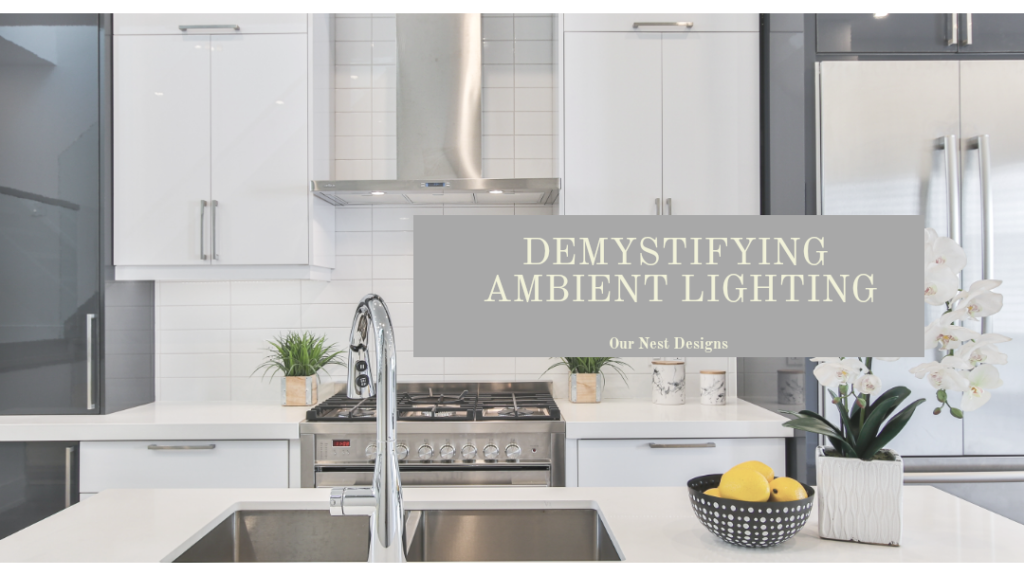
What is Ambient Lighting?
Any light that is usually available in a room before adding additional light is known as the “ambient lighting.” This light is accessible from both natural and artificial lighting throughout the day.
Generally, when someone refers to artificial ambient lighting, they’re talking about the lighting that is fixed to the walls or ceiling, rather than smaller lamps and other sources of light. Natural lighting is – you guessed it – natural; this is the light that streams in through windows, doors, and skylights.
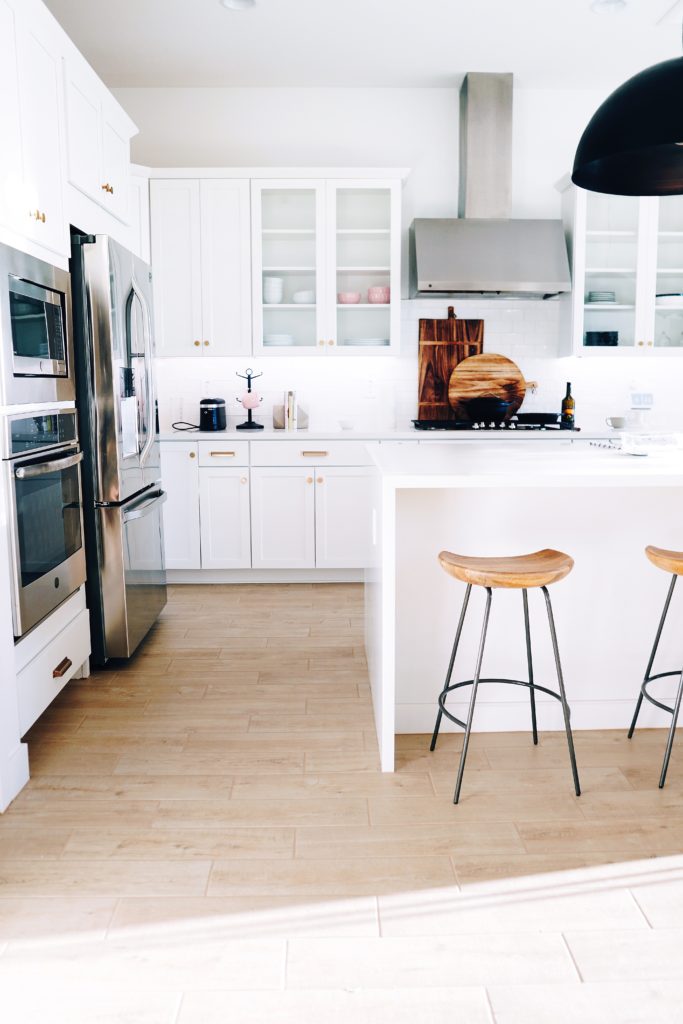
Why is Ambient Lighting Important?
Ambient lighting is vital to the atmosphere and the “ambiance” of the room. If it’s too bright or too harsh, you and your guests will be inclined to leave the room too quickly. On the other hand, safety becomes a concern if the lighting is not bright enough. With the right light, your room will be welcoming and will enhance the space, allowing everyone to enjoy all of your fun details. Sometimes, lighting will become so bright that it is overwhelming, in which case sources may need to be blocked, or other light needs to be increased in other areas to create the right balance.
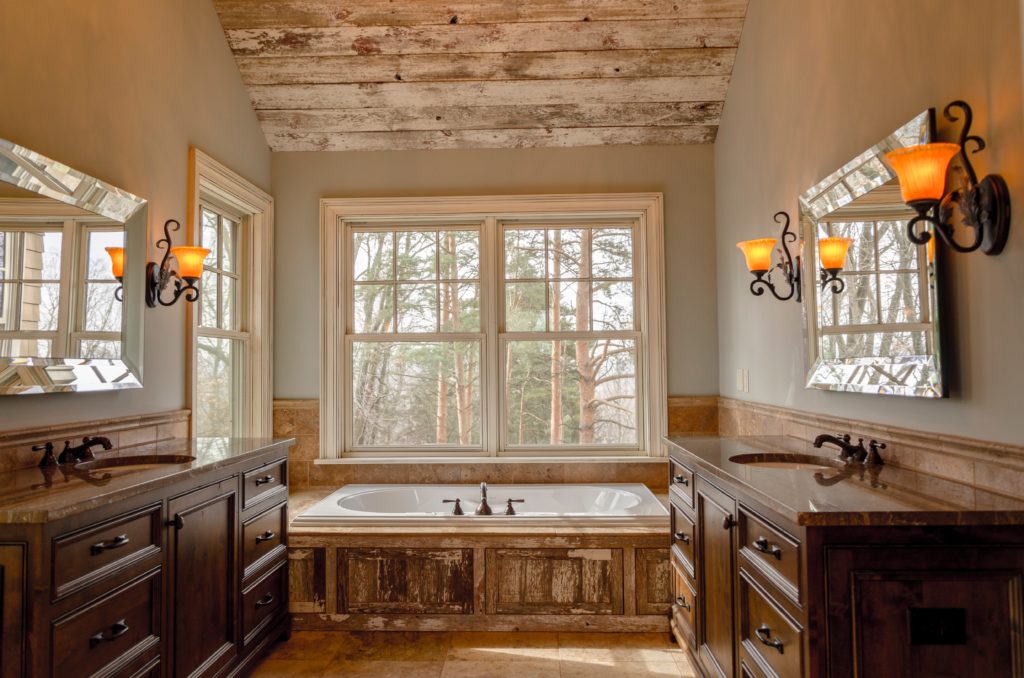
How to Achieve the Right Ambient Lighting
Accomplish ambient lighting in any number of ways. Many homeowners enjoy using natural light wherever possible; however, many artificial options are available, from chandeliers and recessed lighting to decorative lamps or night lights.

Location, Location, Location
Okay, so maybe they were referring to a business location, but we will apply the theory that “location is everything” to your interior design lighting, too. It’s more challenging to find out where you need ambient light during the day because of the extra daylight. To make things easier, we recommend waiting until the evening or night hours to identify your darkest areas.
After dark, turn on any existing ambient lighting and note the darkest areas. The biggest offenders of being too dark are:
- Hallways,
- Bookshelves,
- Above fireplaces, and
- In corners.
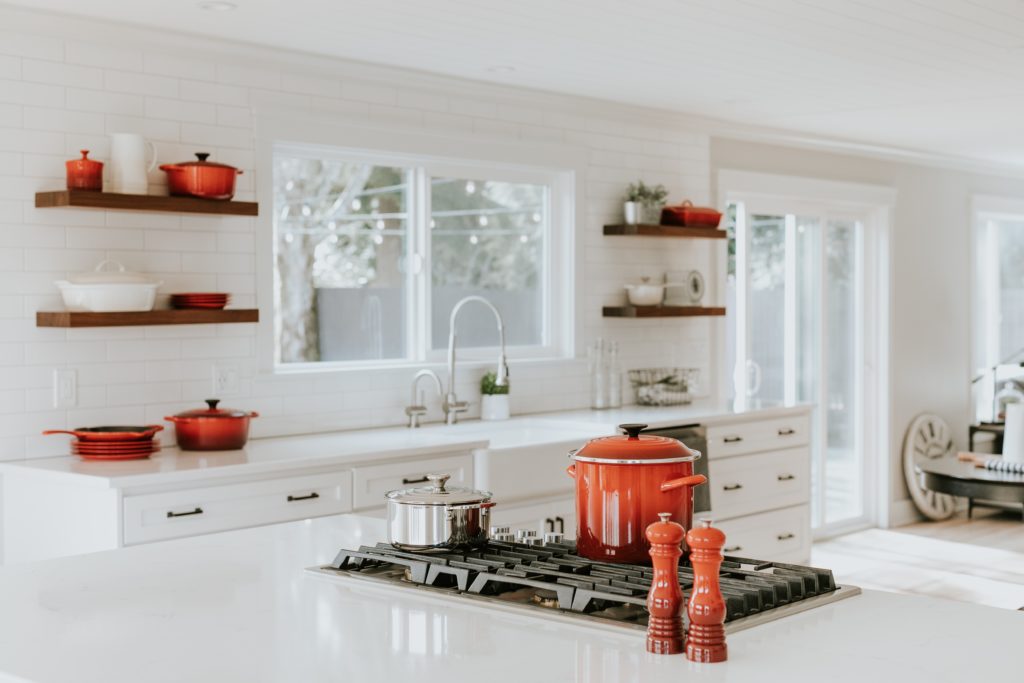
Reflect Natural Light
Although you can enjoy natural lighting by merely opening a large window, sometimes that light doesn’t reach all the areas. One way to stretch that beautiful lighting further is to add mirrors and other reflective surfaces to “bounce” the light into darker spaces. The best way to reflect light is with a glass mirror, but almost every surface has some reflective properties, no matter how small. Other ways to reflect light are:
- Polished metal;
- Light paint colors; and
- Reflective floors.
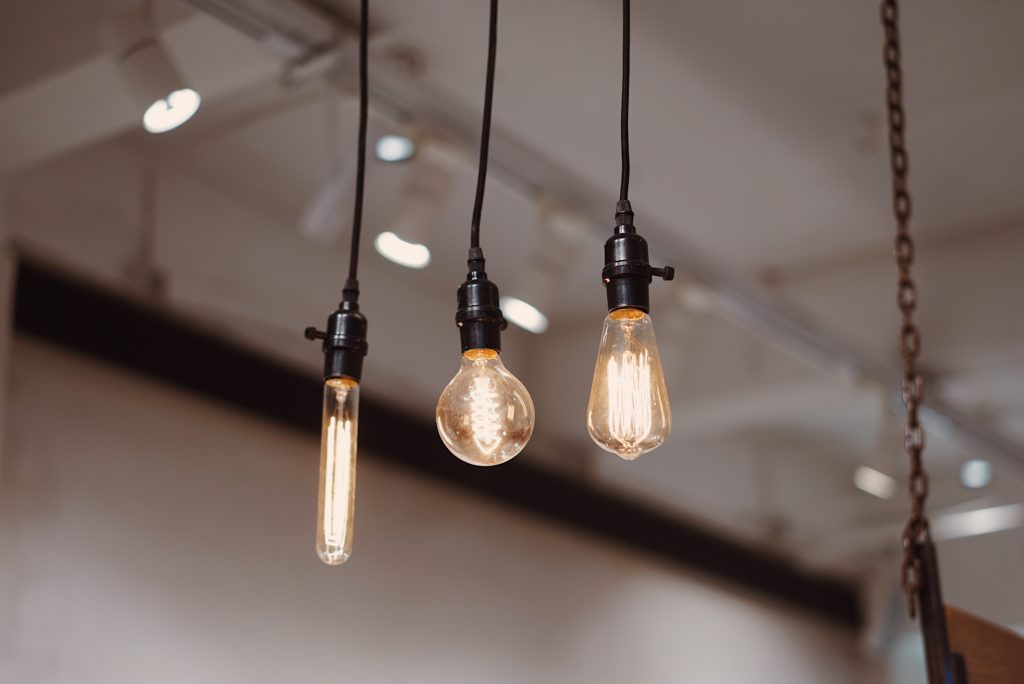
Choose the Right Bulb
Do you know how to pick the best light bulb for your space? As homeowners, we are often in a hurry and grab one that “sounds good,” but there is a method to the madness! I just finished a blog about it earlier in the week. In it, I discussed how to choose the right color, shape, and size, and discussed why “daylight” and “soft” means absolutely nothing!

Match Your Style
Once you’ve identified your target areas, it’s time to do a little light shopping (pun wholly intended). Keep in mind the theme and decor style of the rest of the room. For a cohesive look, you’ll want to keep your decorating style from the rugs to the lighting, and everywhere in between. Be sure to choose a fixture that compliments the rest of the room.

Consider Adding a Dimmer
Our moods fluctuate, and so, therefore, should our lighting. We can crave bright light in the morning to get us up and going and prefer darker, softer lighting in the evening to relax after a long day. Maybe you love bright light all summer long, and once the cooler weather hits, you crave cozier tones. Our lighting should fluctuate as our mood suits us; a dimmer can help achieve that look.
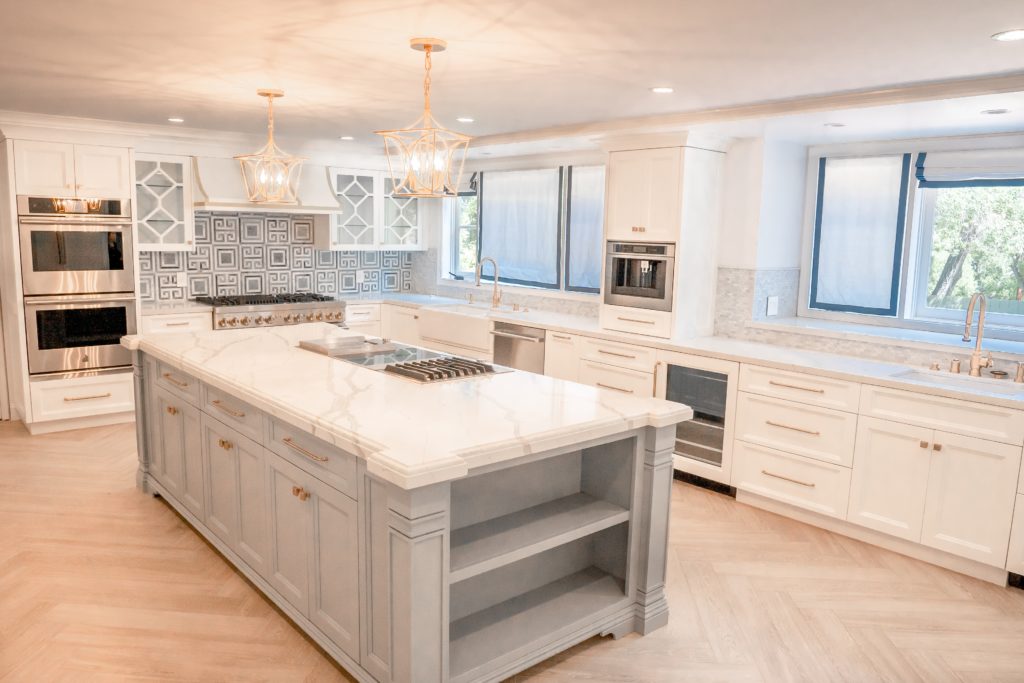
A Salt Lake City Interior Designer Can Help
Hopefully, this helped answer some of the questions you might have about how to achieve the perfect ambient lighting for your home. If you have a tricky area or need a fresh perspective, a Utah Interior Designer can help. Our Nest Designs is a trusted interior designer in the Salt Lake City area. Call 801-913-8962 to schedule a consult today!
Leave a Reply Cancel reply
servicing Salt Lake City, Utah County, and all surrounding areas.
801-913-8962
MAEGAN@OURNESTDESIGNS.COM
Connect with us.
© 2019 Our Nest Designs | All Rights Reserved | Branding and Website by Leesa Dykstra Designs